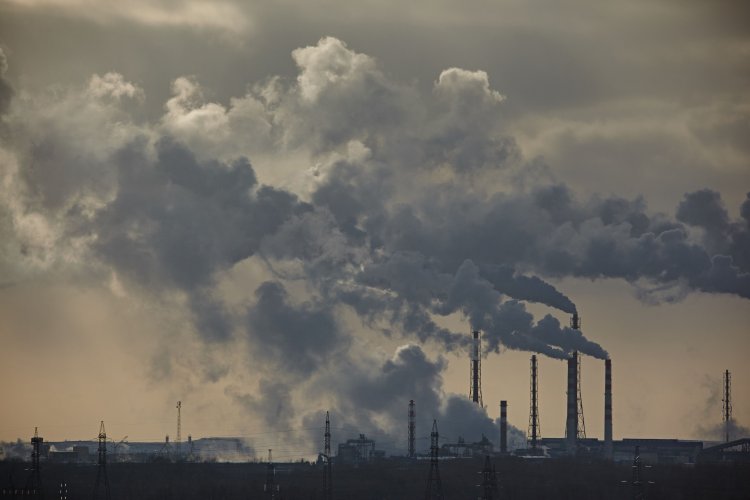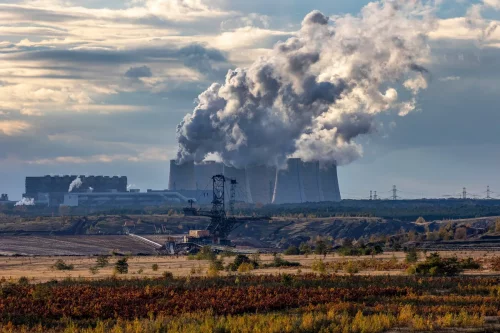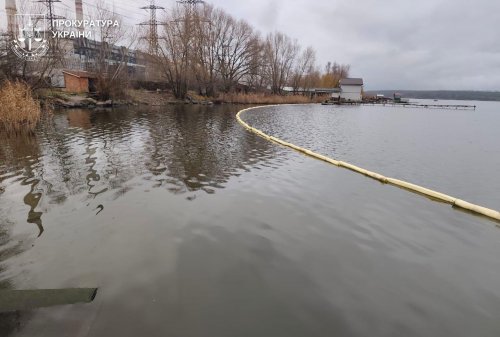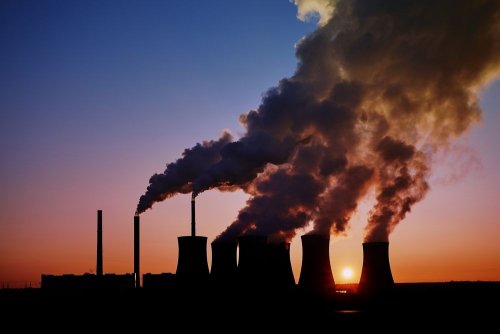The main risks in implementing an emissions trading system (ETS) for greenhouse gas emissions are related to the challenges posed by the war, the lack of coordination of the launch stages, and the low financial capacity of businesses in the current environment.
The experts spoke about this in their comments for EcoPolitics.
Summarizing their answers, we have identified the following main problems and difficulties that experts see in launching an emissions trading system in Ukraine:
1. Implementation of the ETS in a time of war
Currently, the Ukrainian economy is weakened by the war, and many companies have limited access to financial resources and investments.
“Today, Ukrainian enterprises face numerous challenges, including lack of access to investment and destroyed infrastructure. Without the help of the government or international financial institutions, the implementation of this plan could become extremely difficult. Therefore, active coordination between the state, business and international partners is needed to ensure the successful launch of a full-fledged ETS system,” said Vladislav Antipov, Director General of the Center for Ecology and New Technologies Development (CERN).
In addition, the destruction of infrastructure and lack of resources complicate the full functioning of the monitoring, reporting and verification (MRV) system, as it is very difficult to obtain complete and reliable emissions data in the war. That is why most of the experts we interviewed insist on a 3-year period of full functioning of the MRV system after the termination or lifting of martial law.
“The EBA companies believe that the pilot phase of the ETS implementation should start in 2028, and the full-fledged phase of the ETS implementation should start in 2031, provided that at least 3 years after the termination or lifting of martial law and at least a three-year period after the launch of the pilot phase has passed,” says Victoria Karpets, Manager of the EBA Industrial Ecology and Sustainable Development Committee.
She explained the need for such a postponement by the fact that the launch of the ETS requires specific calculations of parameters, including setting emission limits, approaches to determining the total amount of quotas, rules for their distribution and auctions.
2. Lack of coordination between the launch stages
The draft ETS Launch Plan proposed by the Ministry of Environmental Protection and Natural Resources of Ukraine envisages different stages (restoration of the MRV, launch of the pilot and full-fledged phases), but there is no clear coordination between them. This was stated by Olha Semkiv, Director of the Sustainable Development Department at ArcelorMittal Kryvyi Rih:
“Currently, the project lacks coordination between the deadlines for resuming reporting under the national MRV, pilot and full ETS phases. These stages should be consistent and take enough time to adapt the facilities to the new regulatory realities,” she said.
According to Viktoriia Karpets, overlapping stages can cause delays in the adoption of regulations, so it is important to determine which ones should be adopted before the start of the pilot phase and which ones can be finalized gradually.
3. Low readiness of the industry
Vladyslav Antipov named insufficient business adaptation to rapid changes and a possible increase in the financial burden on enterprises as a risk factor.
“There is also a threat that some industries may lose their competitiveness without additional support,” said the CERN Director General.
Olha Semkiv also emphasized that each stage of the ETS launch should take enough time to adapt the facilities to the new regulatory realities.
4. Uncertainty of communication processes
Victoria Karpets told EcoPolitics about the lack of a well-thought-out mechanism for business participation and a clear understanding of how the institutions involved in the ETS creation will interact.
“At the same time, the mechanism for business participation and staffing of government agencies with ETS specialists remains unclear. It is also envisaged to create a large number of institutions that will participate in the creation of the ETS, but there is no clear understanding of the mechanisms of interaction between them,” she said.
Earlier, EcoPolitic prepared a detailed material on the timing, challenges and prospects of the ETS implementation in Ukraine.





